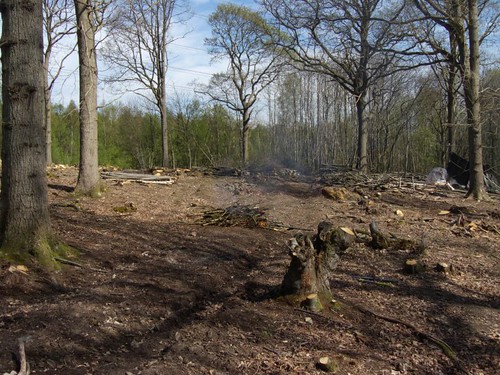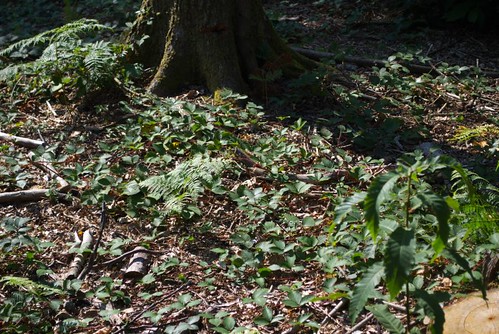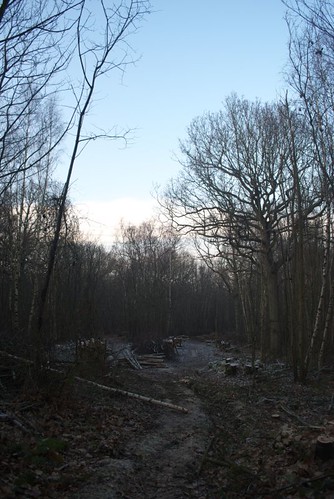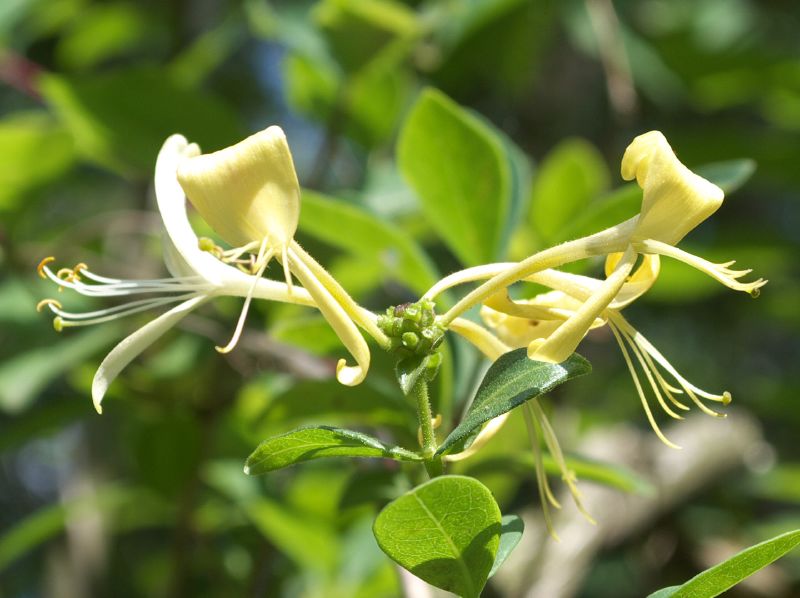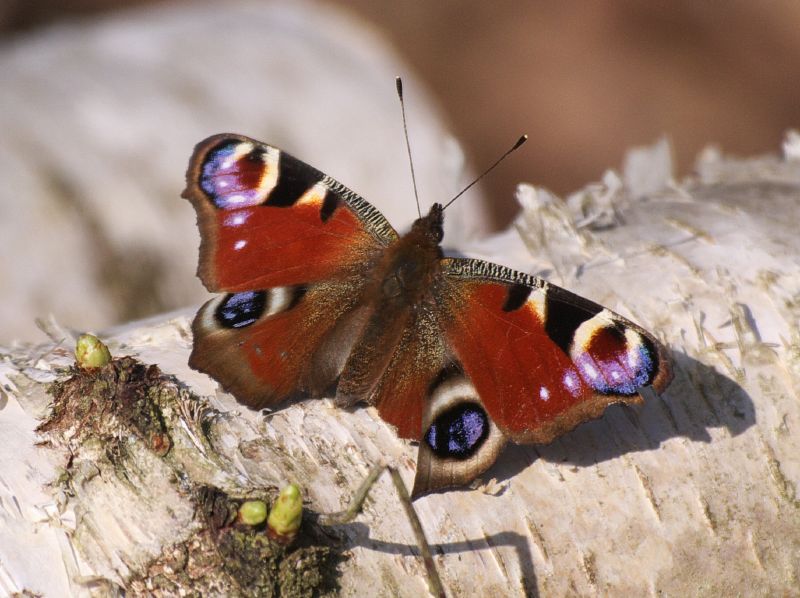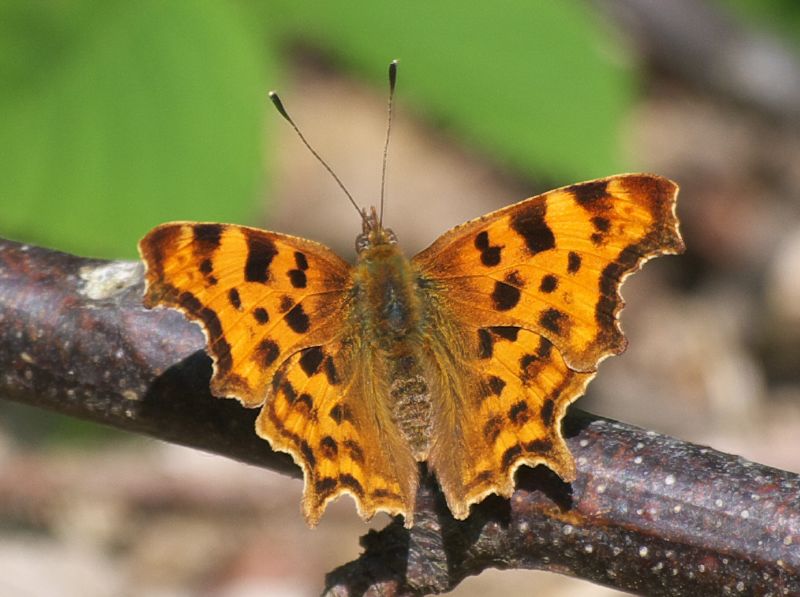I like it here, in the lions den.
I joined this forum because it was associated with Butterfly Conservation, the name of my enemy. I came to pick a fight or to go away with a greater understanding. My mind is open to the idea that I may be wrong.
I own a small plot of amenity woodland in East Sussex. It is a former Sweet Chestnut coppice with Oak standards. Some years of neglect have allowed native trees to gain a foot hold and there is now a lot of Birch, Sallow, Hornbeam and Hazel in the wood.
Locally, Butterfly Conservation are leading the drive for the restoration of the Sweet Chestnut coppice cycle and there's the rub.
Coppicing is a great idea but all coppiced woodlands are not the same and in Kent (where I live) and East Sussex much of the coppice is Sweet Chestnut. It is not a native tree and has almost no wildlife value.
Please let me show you some pictures.
Access to the wood is via a way leave and this first picture is an area of native woodland {Sallow and Alder) cleared to protect the power lines. This picture was taken on April 24th.

This is what it looks like today.
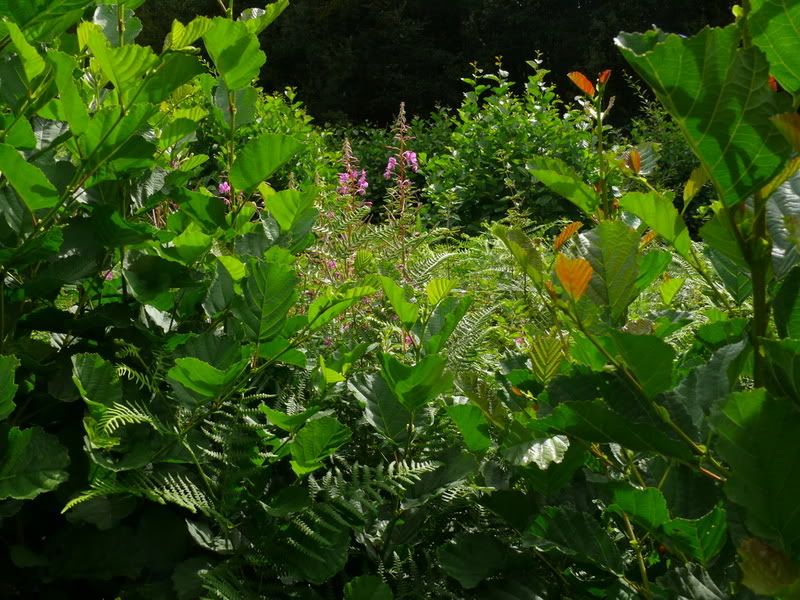
No trick photography involved, there are places where it is almost impossible to push through because the regrowth is so dense and it is rich with wild flowers.
In complete contrast, this is a picture of an area of Sweet Chestnut coppice taken on April 4th.

This is what it looks like today.
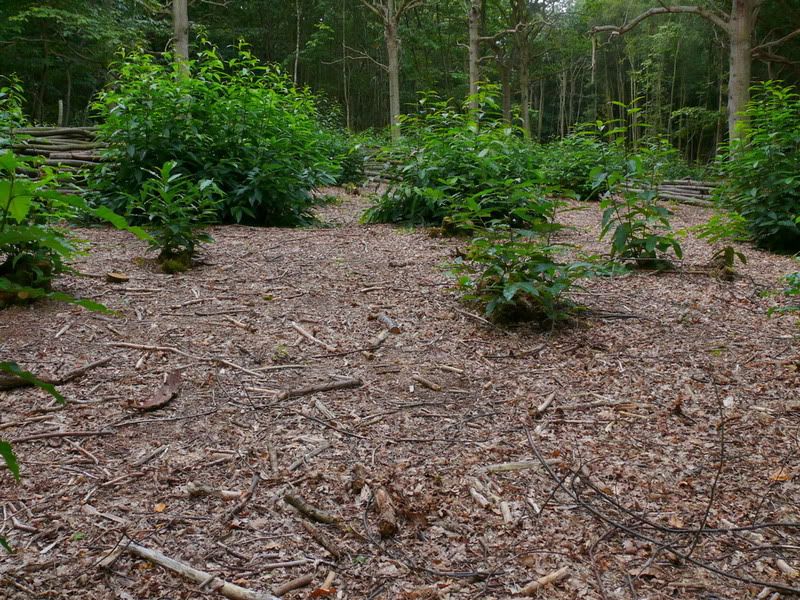
Nothing lives here except Sweet Chestnut.
There is good reason for this. Sweet Chestnut has very large leaves which form an almost permanent leaf litter, they contain toxins that inhibit the growth of other plants. They also stop sunlight from reaching the forest floor inhibiting germination and the canopy closes over very quickly.
This is a non native tree with very good self interest and survival instincts but it's survival depends on man's interference.
A regular coppice cycle (20 years or less) means that native trees don't get the chance to mature and set seed, that coupled with the concept of coppicing (The tree is cut close to the ground but the root system remains intact, sometimes for hundreds of years, giving the regrowth a tremendous boost of energy) maintains the Sweet Chestnut in pole position. But it does need man's constant attention to defy nature.
Sweet Chestnut doesn't offer much to butterflies or moths. By contrast the mature Sallow and Birch that are removed by the process are tremendously important to these species. This is the large scale destruction of moth and butterfly habitat and so why is it Butterfly Conservation who are promoting it and why do I have to fight with them. That is just bizarre.
It is worth looking at what the RSPB are up to. They are another conservation body, they manage a large Sweet Chestnut coppice at Blean Woods in Kent and they are killing the Chestnut and replanting with native trees because they say Sweet Chestnut has little wild life value. They need butterflies and moths for the larvae, to feed their birds.
It is OK, here in the lions den. Thank you for listening and maybe you can help me to understand. I hope that you appreciate that I care passionately about my animals.
I have contacted my local Butterfly Conservation manager. I asked for his help to stop people removing the Honeysuckle from the woods (a traditional coppice practice) and he was able to stop it. Then I said about the importance of Birch to moth species and could he help me there? No.
I don't really understand what Butterfly conservation are up to but native trees are best for native wildlife.
Let's be friends.
Billy


